Death of Nicolas Roeg (1928-2018)
By Marc Salomon, consulting member of the AFCNicolas Roeg will remain one of the major and atypical figures of British cinema of the 1960s-1980s, firstly because like his colleagues Bernard Knowles, Arthur Crabtree, Ronald Neame, Freddie Francis, Guy Green, Jack Cardiff, and Chris Menges, he successfully led a double career as a cinematographer and as a director. Secondly, and most importantly, because his visual and thematic world did not imitate reality and did not seek to attain naturalism. Watching most of his films, one is quickly charmed by the narrative and evocative power of his images, his capacity to bring us beyond what might simply be shown through an almost imperceptible gliding into the symbolic or even psychoanalytic, as well as a psychedelic quality that is proper to English cinema of the 1960s-70s. One is also struck by a certain similarity with the work of Vilmos Zsigmond who also knew how to intensify torpor and to suggest an imminent threat using apparently-serene rural or urban landscapes. Interviewed in 1994 by Brian McFarlane, Nicolas Roeg declared : “The cinema is a curiously quite conservative medium (...) anything away from the mid-shot, long-shot, close-up, any breaking of that grammatical canon is thought of as extraordinary. It is still so conservative because, after all, there is a deal deal of money involved.”
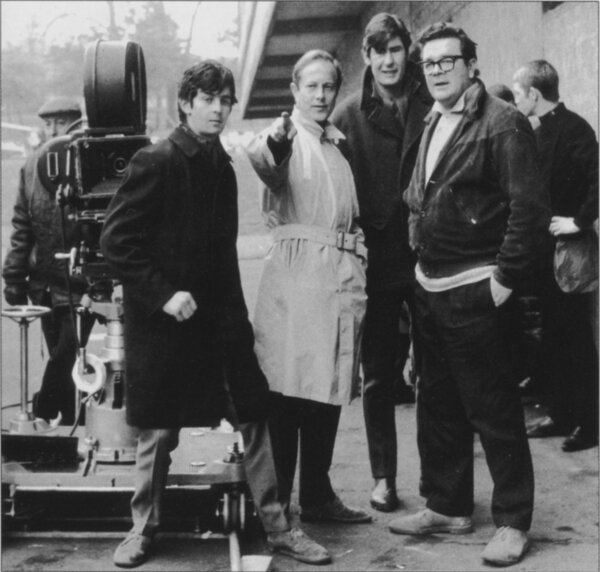
Born on 15 August 1928, Nicolas Roeg began his career in 1950 in the Marylebone studios working on the dubbing of French films and in cutting. He then joined MGM Studios in Boreham Wood as a second assistant cameraman alongside Joe Ruttenberg on the shooting of The Miniver Story. Ruttenberg told him : “Never forget you’re dealing with a movie, not trying to get your photograph in the Royal Society of Photography.”
Assistant cameraman of Freddie Young (Bulldog Drummond Strikes Back, by Victor Saville, Bhowani Junction by George Cukor, and Island in the Sun by Robert Rossen), he later worked as a cameraman with Jack Asher (Passport to Shame by Alvin Rakoff), Jack Hildyard (The Sundowners, by Fred Zinnemann), and Ted Moore (The Trial of Oscar Wilde, by Ken Hughes). He was in charge of the second camera on Lawrence of Arabia and was the cinematographer on a number of television series and then low-budget films such as Clive Donner’s The Caretaker (a B&W adaptation of Harold Pinter’s play) and an adaptation of Edgar Allen Poe’s The Mask of the Red Death (in colour).
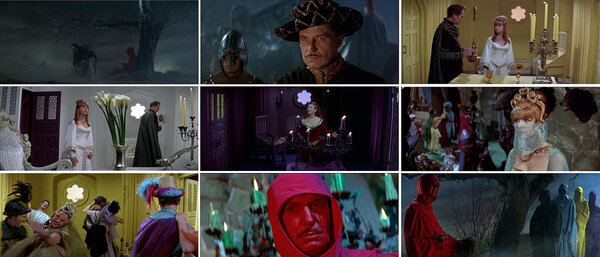
After shooting a whimsical comedy by Richard Lester (A Funny Thing Happened on the Way to the Forum), Nicolas Roeg worked with François Truffaut when he came to London to shoot the adaptation of Ray Bradbury’s novel Fahrenheit 451 : “This was a rather extensive, rather spectacular film, and it wasn’t possible to obtain funding for such a film in France, where it wouldn’t have been possible to make it : there were often sets that caught on fire, so special studios were required with teams of real firefighters—in addition to our firefighter actors—who would be able to put out the fires. We needed flamethrowers, a whole lot of equipment. Although this is a different sort of film, we basically had to use the same technicians as on James Bond films.” (F. Truffaut).
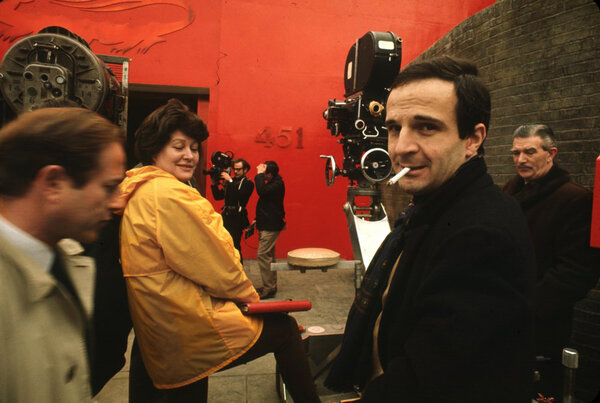
“We’d shot some tests and I’d tried to make them beautiful. We were shooting on Eastman Color but Truffaut said “ It should be big bright ’orrible colours... like Technicolor ! ” The old three-strip process was very lush looking, artificial and glossy and cinema at the time was going through an idea of naturalism... But I knew what he meant and so we had the shiny red fire engine, then perhaps a drab street." Roeg opted for a rather strong photography with a strong emphasis on the colour red and flames in an ensemble composed of autumnal colours.
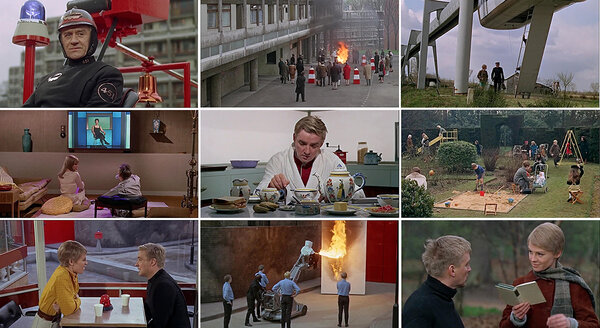
The following year, Roeg totally changed register with Far from the Maddening Crowd, an adaptation of Thomas Hardy’s novel by John Schlesinger, on which he again worked with Julie Christie. Shot in Panavision scope to magnify the Dorset countryside, this film foreshadowed Tess by Roman Polanski twelve years later.
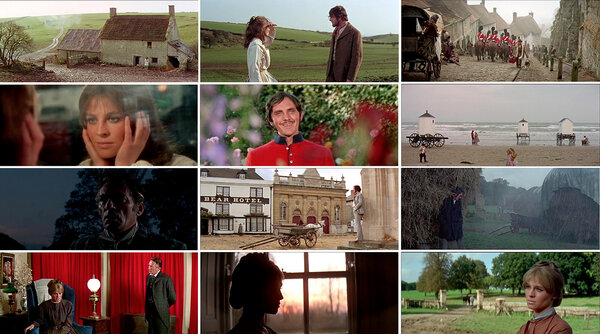
Then, Nicolas Roeg and Julie Christie joined up with Richard Lester to shoot Petulia in San Francisco where the director recreated the atmosphere of “Swinging London” for this psychedelic melodrama that preserved the outdated charm of a very 1960s chromatism.
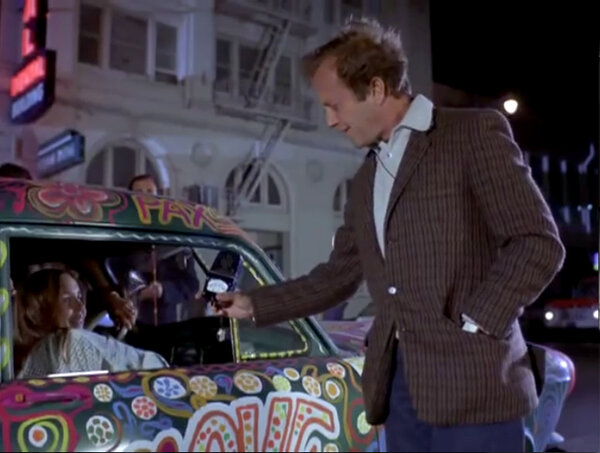
After, Nicolas Roeg became a director and also took charge of the cinematography on his first two films (Performance in 1968 and Walkabout in 1971) before handing the camera over to two of his former colleagues, Anthony Richmond (Don’t Look Now ; The Man Who Fell to Earth ; Bad Timing) and Alex Thomson (Eureka ; Track 29).
• Don’t Look Now is one of the 100 films selected in the album Making Pictures : A Century of European Cinematography published by IMAGO in 2003.
Translated from French by Alexander Baron-Raiffe.
- Below, Petulia : The Uncommon Movie, a reportage by Ronald Saland on the shooting of Petulia, in which one can watch Nicolas Roeg at work in multiple scenes.
 En
En Fr
Fr





